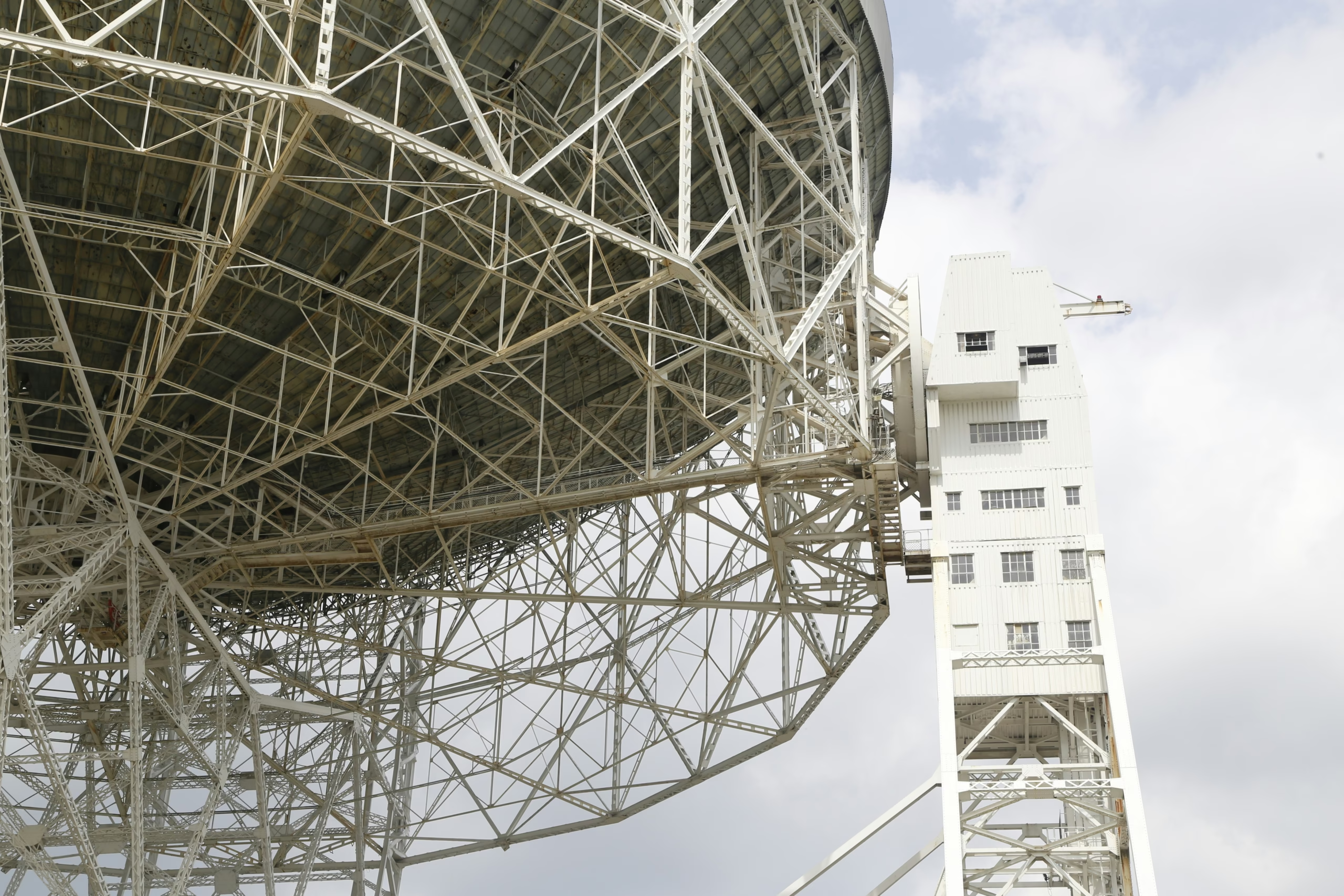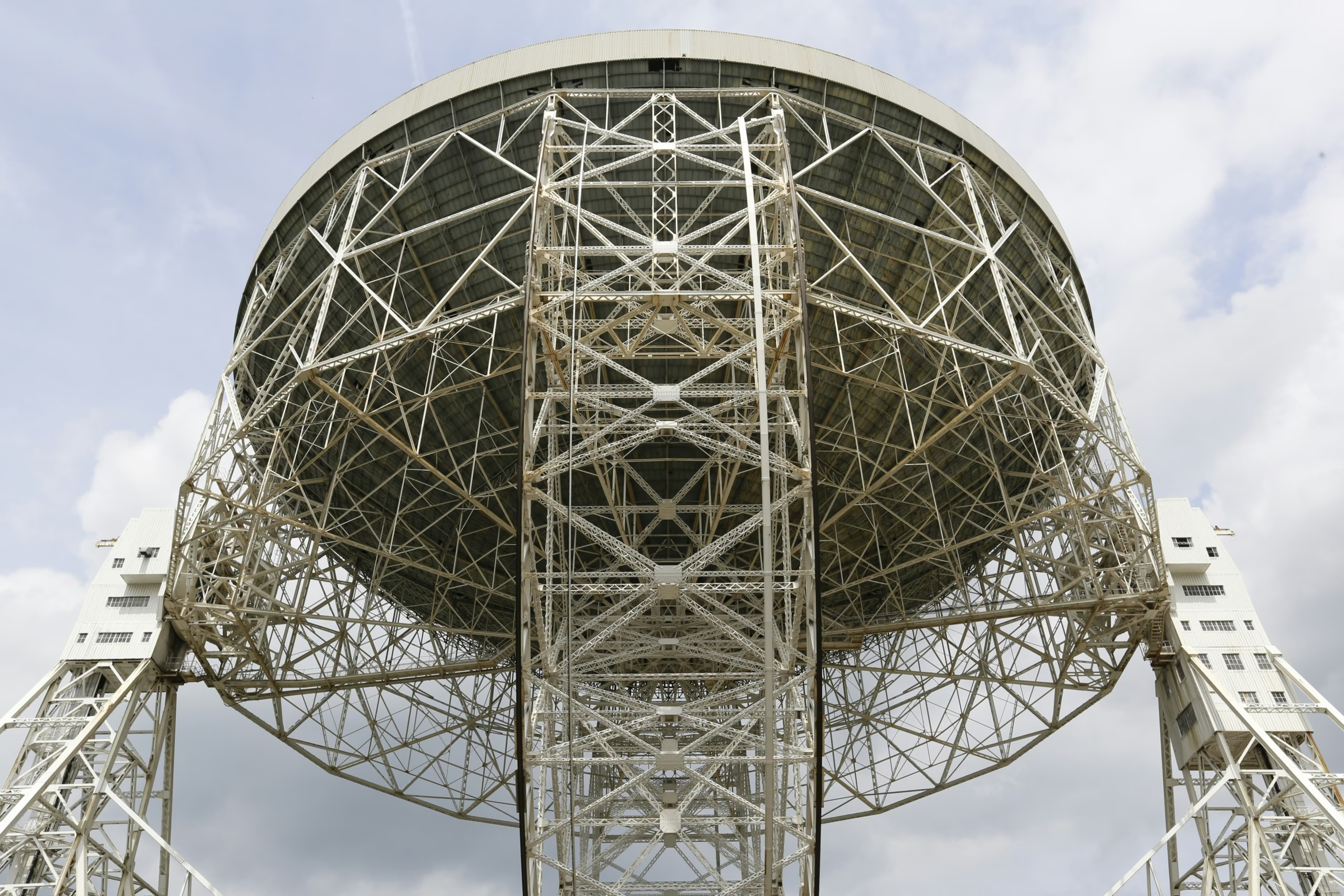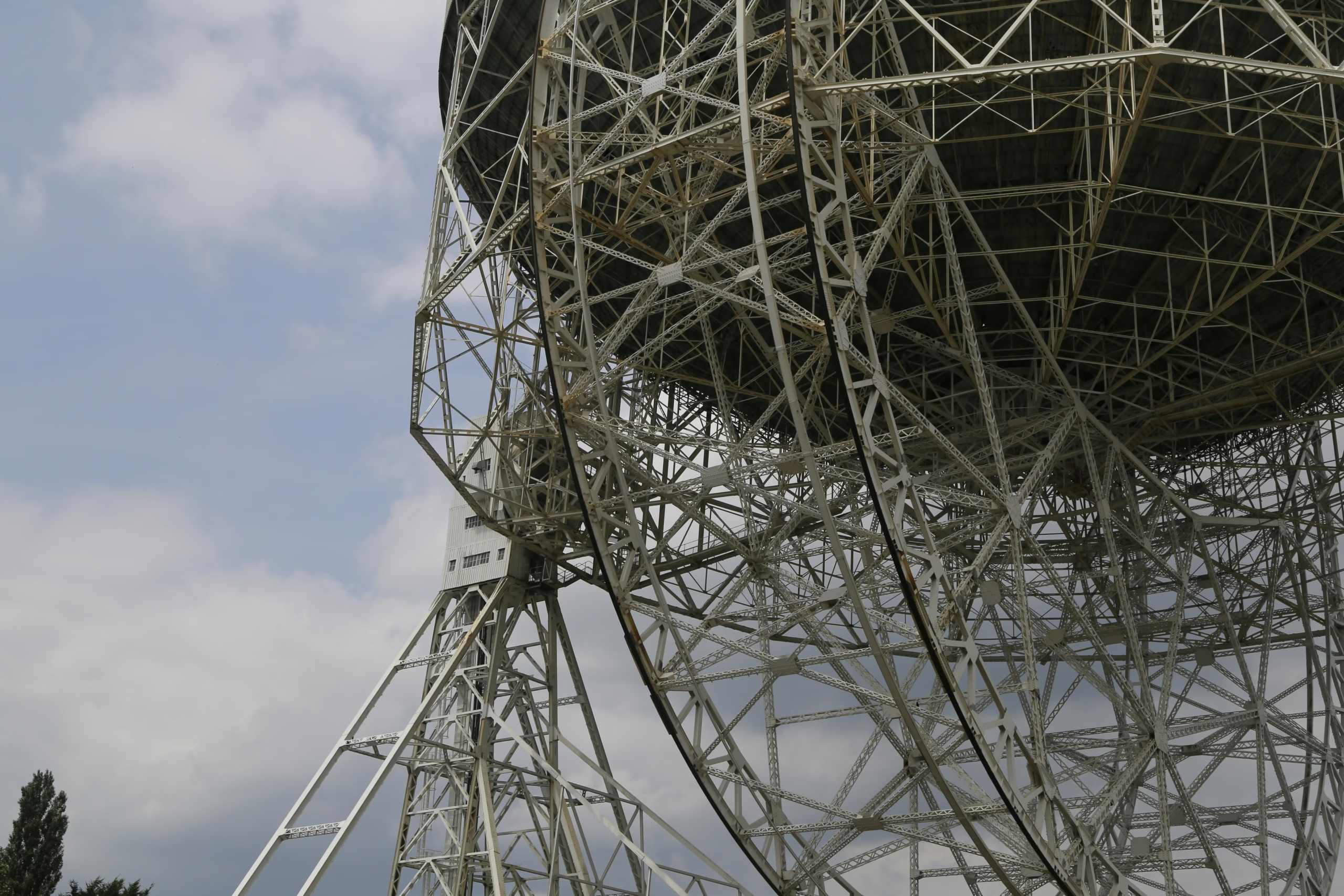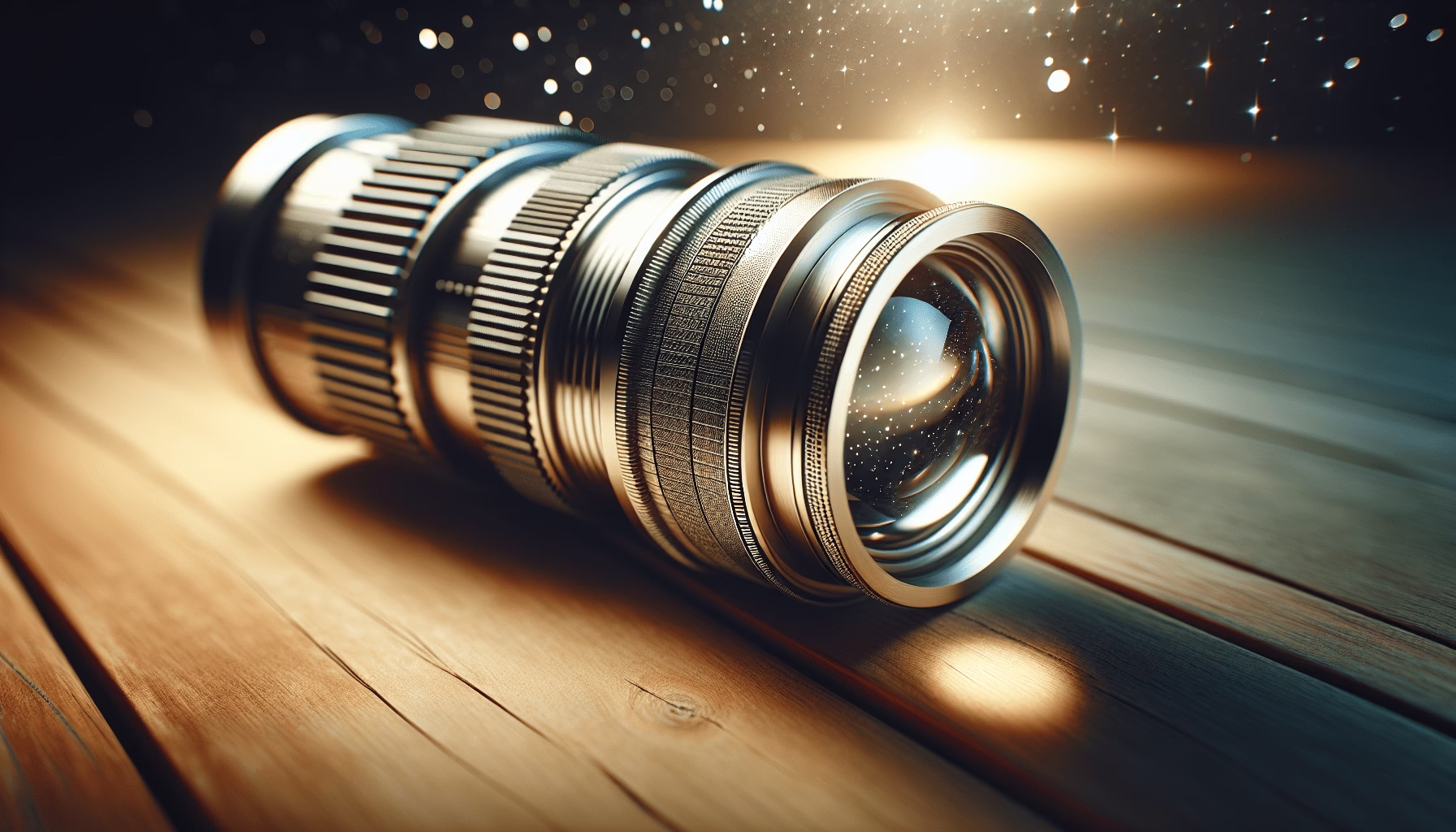What defines the perfect viewing experience through a telescope? This question lingers in the minds of both seasoned astronomers and enthusiastic beginners. At the heart of this experience is the eyepiece, an often overlooked yet crucial component of a telescope. Selecting the right eyepiece can transform stargazing from a hobby into an awe-inspiring encounter with the cosmos. This essential guide to choosing telescope eyepieces delves into the intricacies of making informed decisions, so every celestial detail is crisp and every gaze through the lens is unforgettable.

Table of Contents
Historical Perspective: The Evolution of Telescope Eyepieces
The journey of telescope eyepieces is as vast as the universe itself, charting its course through centuries of innovation. The story begins in the early 1600s, with the first rudimentary lenses bringing heavenly bodies into focus for a privileged few. Over time, technological advancements turned these clumsy pieces of glass into precision instruments capable of expanding human understanding of the cosmos. From Galileo’s basic apparatus to today’s sophisticated designs, the evolution of eyepieces reflects a continuous quest for clarity and magnification.
Eyepiece Pioneers and Their Tools
Galilean designs laid the foundation, but it was the development of the achromatic lens in the 18th century that truly revolutionized the field. This invention minimized chromatic aberrations—those pesky colored halos—paving the way for sharper and more accurate observations. Since then, advancements in optical manufacturing have brought about lenses with multiple elements precisely aligned, enabling unprecedented views and pushing the limits of human discovery.
Key Concepts in Telescope Eyepieces
Understanding the basic components and functions of telescope eyepieces is essential for making an informed choice. These concepts not only determine the quality of your observation but also impact comfort and ease of use.
Focal Length: The Starting Point
The focal length of an eyepiece, measured in millimeters, determines the magnification power when paired with a particular telescope. Shorter focal lengths yield higher magnifications—ideal for observing planets and moon details—while longer focal lengths provide a broader field of view, suitable for observing star clusters and galaxies.
- Note: Use the formula ( \text = \frac{\text}{\text} ) to calculate how an eyepiece will perform with your telescope.
Field of View: Beyond Magnification
The field of view (FOV) indicates the extent of the sky visible through the eyepiece. A wider FOV allows more of the night sky to be observed at once, which is beneficial for tracking fast-moving objects or enjoying expansive star fields.
- Apparent FOV versus True FOV: Apparent FOV is inherent to the eyepiece, while True FOV accounts for the telescope’s influence, calculated by dividing the Apparent FOV by the magnification.
Eye Relief: Comfort in Viewing
Eye relief refers to the distance from the eyepiece lens to the observer’s eye while maintaining a full view of the image. For those wearing glasses, longer eye relief (15mm or more) ensures comfort without sacrificing observation quality.

Types of Telescope Eyepieces
Various designs cater to different observational needs, each bringing unique benefits to the table. Recognizing the characteristics of each type can guide you in selecting the right eyepiece for your goals.
Plössl Eyepieces: A Balanced Choice
Plössl eyepieces are popular among amateur astronomers due to their versatile design, offering a balanced combination of clarity, field of view, and affordability. They feature four to five lens elements, making them suitable for both planetary and deep-sky observations.
Orthoscopic Eyepieces: Precision at a Price
Favored for high-resolution planetary observations, orthoscopic eyepieces are lauded for their sharpness and minimal distortion at the expense of a narrower field of view. These eyepieces, often with four lens elements, are a solid choice for serious observers, willing to invest for a clearer view.
Wide-field and Ultra-wide Field Eyepieces: A Panoramic Experience
With a focus on providing expansive views, wide-field and ultra-wide field eyepieces are ideal for nebulae and open star clusters. They often come with additional lens elements to maintain image quality across their extensive fields of view, though tend to be pricier.
- Comparison Table:
Type Lens Elements Field of View Best For Cost Plössl 4-5 Moderate Versatility, Affordability $$ Orthoscopic 4 Narrow Planetary Observations $$$ Wide-field & Ultra-wide Field 6 or more Expansive Deep-sky Observations $$$$
Specialty Eyepieces
For those desiring specialized observations, such as the enhanced contrast of planetary details or the detailed view of a lunar surface, manufacturers offer specialty eyepieces. These often include built-in filters or unique lens coatings to maximize specific observations.
Practical Steps to Selecting Your Telescope Eyepiece
Selecting the right eyepiece involves practical considerations and personal preferences. Follow these steps to ensure your choice aligns with your observational aspirations:
Step 1: Identify Your Observational Goals
Consider what excites you most about the night sky. Are you drawn to the intricate details of Saturn’s rings, or do you prefer the sweeping majesty of the Milky Way? Your interests can guide you toward an eyepiece that enhances these aspects.
Step 2: Match with Your Telescope
Understanding your telescope’s specifications will help narrow down the ideal eyepiece. Pay attention to its focal length and diameter, ensuring compatibility and optimal performance when coupling with potential eyepieces.
Step 3: Consider Budget and Frequency of Use
Remember, eyepiece costs can vary significantly. Determine your budget and how often you intend to stargaze to guide your investment. Quality eyepieces can last a lifetime, providing lasting value for those deeply committed to astronomy.
Step 4: Try Before You Buy
Whenever possible, attend telescope night events or visit astronomy clubs to test different eyepieces firsthand. Experiencing a variety of eyepieces can provide invaluable insight, influencing your final purchase.

Case Studies: Successful Eyepiece Pairings
Success stories abound when aspiring astronomers find their perfect eyepiece pairing. For example, a dedicated backyard observer upgraded to a wide-field eyepiece and was astounded by the sprawling majesty of the Andromeda Galaxy, fully visible for the first time. Another switched to a high-magnification orthoscopic eyepiece, allowing them to capture Saturn’s intricate ring divisions in stunning detail. These tales exemplify the transformative power of appropriately chosen eyepieces.
Addressing Common Eyepiece Challenges
Even the most seasoned astronomers encounter challenges when selecting eyepieces. Here are some solutions to common issues:
Problem: Insufficient Field of View
If your eyepiece offers a narrower view than desired, consider upgrading to a wide-field or ultra-wide field model. These eyepieces provide a broader perspective, ideal for expansive sky observations and tracking fast-moving celestial objects.
Problem: Image Distortions or Aberrations
Distortions typically arise from using an eyepiece ill-suited to your telescope’s specifications. Opt for eyepieces specifically designed to minimize aberrations, ensuring crisp, clear images across varying magnifications.
Problem: Challenges with Eye Relief
To alleviate discomfort during observation, particularly for glasses wearers, seek eyepieces with longer eye relief (15mm or more). This feature allows for comfortable viewing without forcing you to remove corrective lenses.

The Sustainable Impact of Astronomy
Contributing to a sustainable world extends beyond Earth, with thoughtful astronomical practices playing a role. Reusable materials and responsible manufacturing in telescope accessories can reduce waste. Furthermore, reducing energy consumption during observations by turning off mirrored devices and using renewable power sources embodies environmental stewardship among astronomers.
Future Trends in Eyepiece Technology
Telescope eyepieces are not immune to technological advancements. Emerging trends include adaptive optics, allowing telescopes to automatically correct for atmospheric distortions, and virtual reality integration promising immersive space exploration experiences. Staying informed about these innovations will keep astronomers at the forefront of astronomical discoveries.

Conclusion: Your Path to the Stars
In essence, choosing the right telescope eyepiece is as much an art as it is a science, combining knowledge, personal preference, and practical considerations. By understanding focal lengths, fields of view, and eye relief, enthusiasts can unlock spectacular cosmic vistas. With the right eyepiece, the night sky is not just observed; it becomes an experience deeply felt and profoundly appreciated.
Encouraging Further Exploration
Readers are encouraged to share their experiences and challenges in astrophotography or stargazing. Engaging with the community can foster shared learning, enhancing everyone’s journey to the stars. Explore further resources for those seeking to expand their understanding, including related articles like “Astrophotography for Beginners” or “Maximizing Telescope Performance” for deeper insights.
